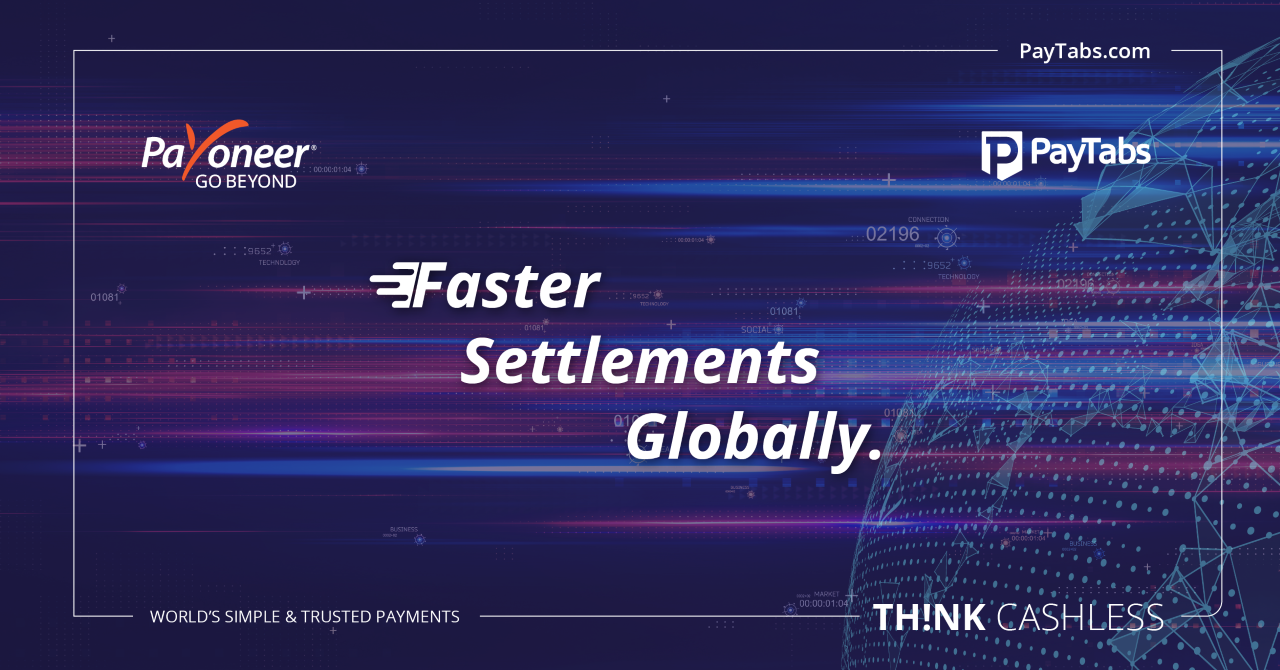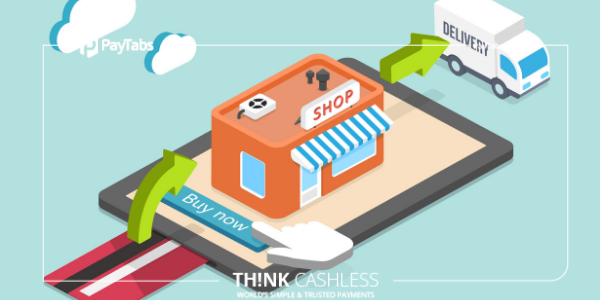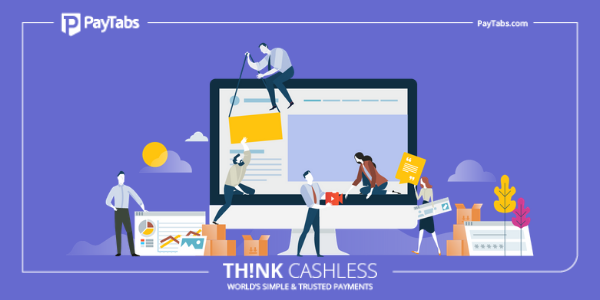PayTabs and Payoneer join hands to fortify payments

A strategic partnership between PayTabs, the award winning, B2B payment service provider and Payoneer, the leading omni-platform for digital growth, aims to let extend to thousands of global merchants and small businesses in India with additional benefits in international payment transactions.
International Payments:
Cross-border payments have become mainstream with the advancement of digital payment technologies and the growth in e-commerce. It has emerged as one of the most prominent metrics to gauge the success of an online business. It is imperative for a business to ensure that their cross-border payments are handled securely and efficiently. PayTabs aims to provide such services to merchants in the MENA region and will enable Payoneer merchants to process payments globally with their e-commerce solutions.
According to World Pay’s Global Payment Report, e-commerce is expected to surpass $4.6 trillion globally by 2022. ‘Whatever we buy, whenever we buy, however we buy, the global consumer economy has become a Now Economy’, quotes the report. Proper management of cross border transactions ensure that the lag time between the payment of money by customers and the receipt of funds by the business is substantially reduced. Such management of funds ensures that the business remains liquid and chances of a cash crunch are minimized.
Payoneer: Pioneer in Cross-Border Payment Segment
Payoneer is a leading digital payment platform empowering business around the world to grow globally. Payoneer’s digital platform streamlines global commerce for millions of small businesses, marketplaces and enterprises from 200 countries and territories. Payoneer delivers a suite of services that includes cross-border payments, working capital, tax solutions and risk management to millions of customers including leading brands.
Leveraging on its global operations and banking infrastructure, Payoneer offers customer an easy and secure cross border payments solution. Payoneer supports over 150 currencies and delivers seamless commerce to customers at competitive rates.
PayTabs & Payoneer Collaboration
The tie-up is designed to create synergies by combining the expertise of two market leaders. These include merchants being able to enjoy direct deposit of funds into their business accounts, thus ensuring faster settlement turnaround for merchants. Owing to the elimination of intermediary banks, merchants will also be able to benefit from lower forex markup and charges so they can take advantage of more cost-effective settlements. PayTabs will also enable Payoneer merchants to process payments globally with its B2B e-commerce solutions. Small and medium businesses and service providers selling goods or services through their own websites to customers abroad will now have a seamless way to collect and move payments. For example, an e-tailer or service provider selling through his their own website to a customer cross border, will get an integrated product — a payment gateway — and settlement framework that would seamlessly settle funds into their local bank account. This is expected to especially benefit merchants, such as those providing education services through e-learning platforms or those which offer ayurvedic products or clothing and fashion accessories on their websites, to collect payments from individual customers overseas without having to worry about setting up a payments gateway, which is a costly and cumbersome process.
Whether you are looking to expand your business to new countries or are planning on tying up with new platforms, Payoneer and PayTabs are here to assist in your endeavors.




